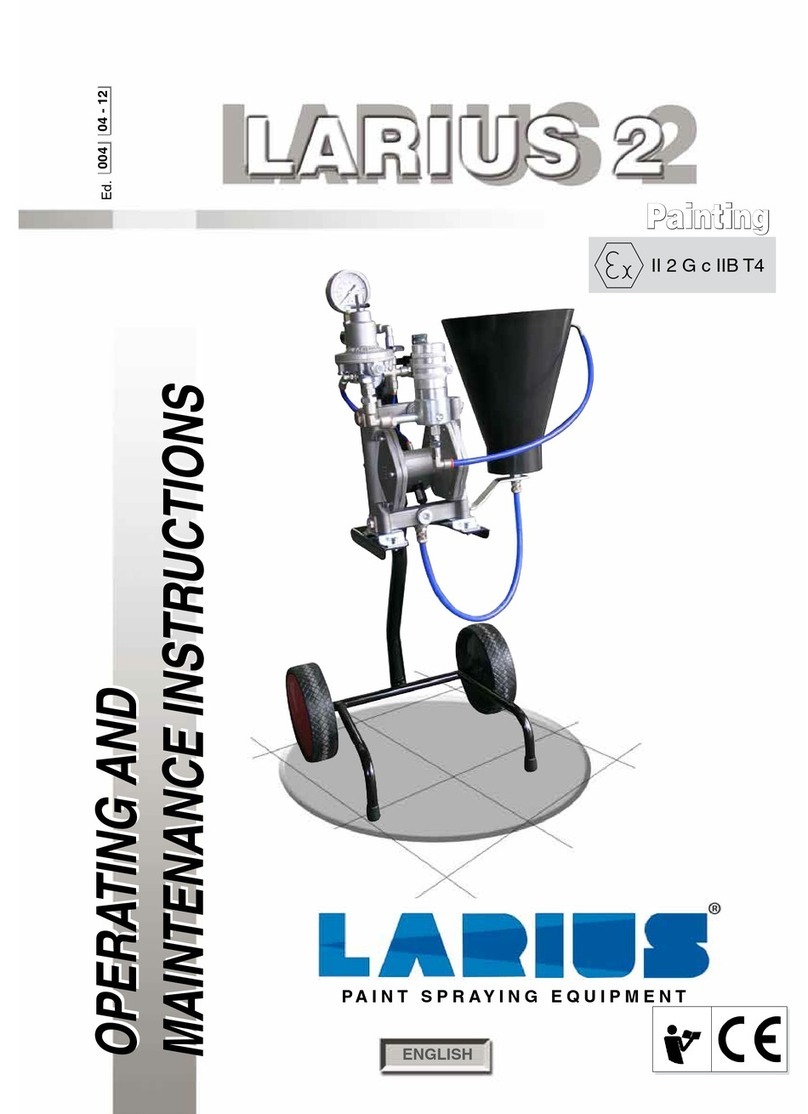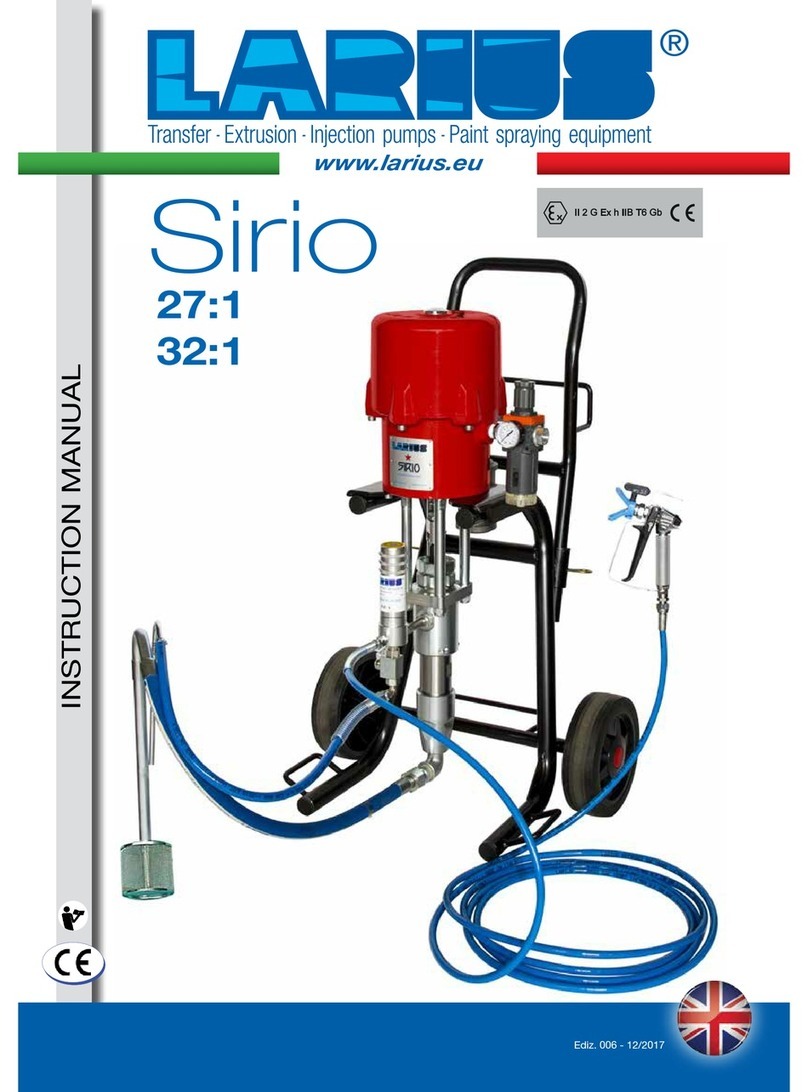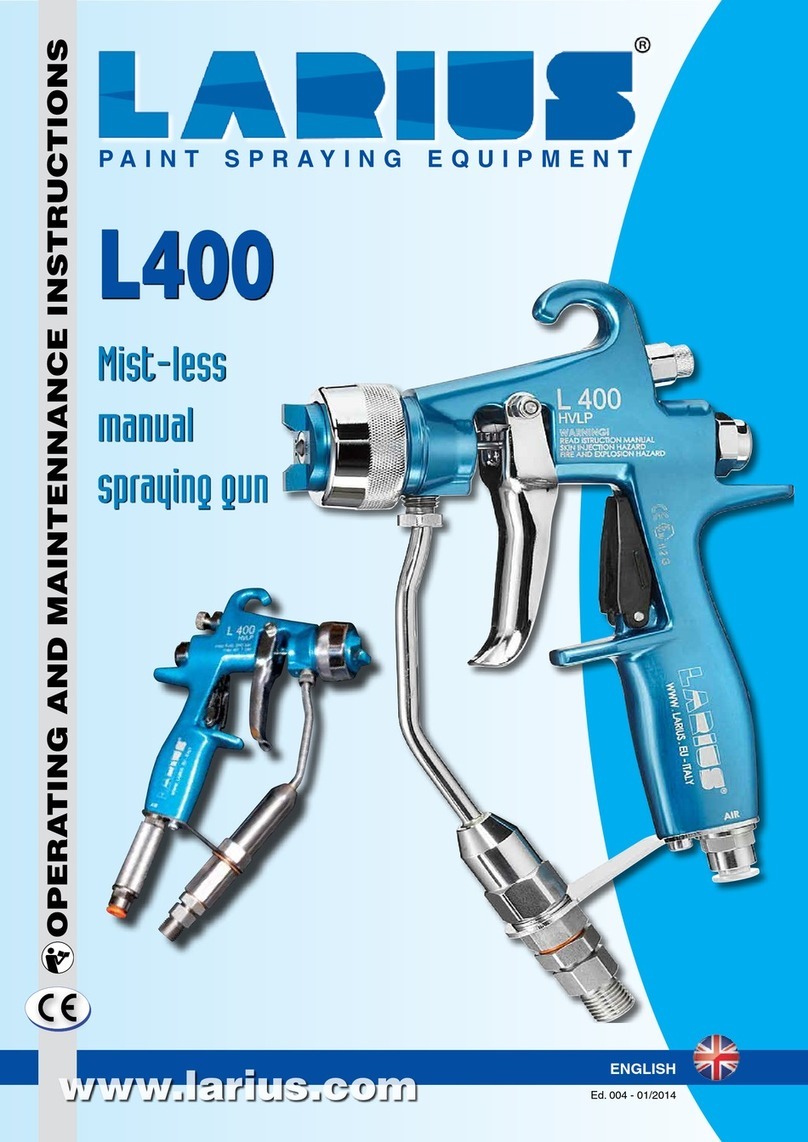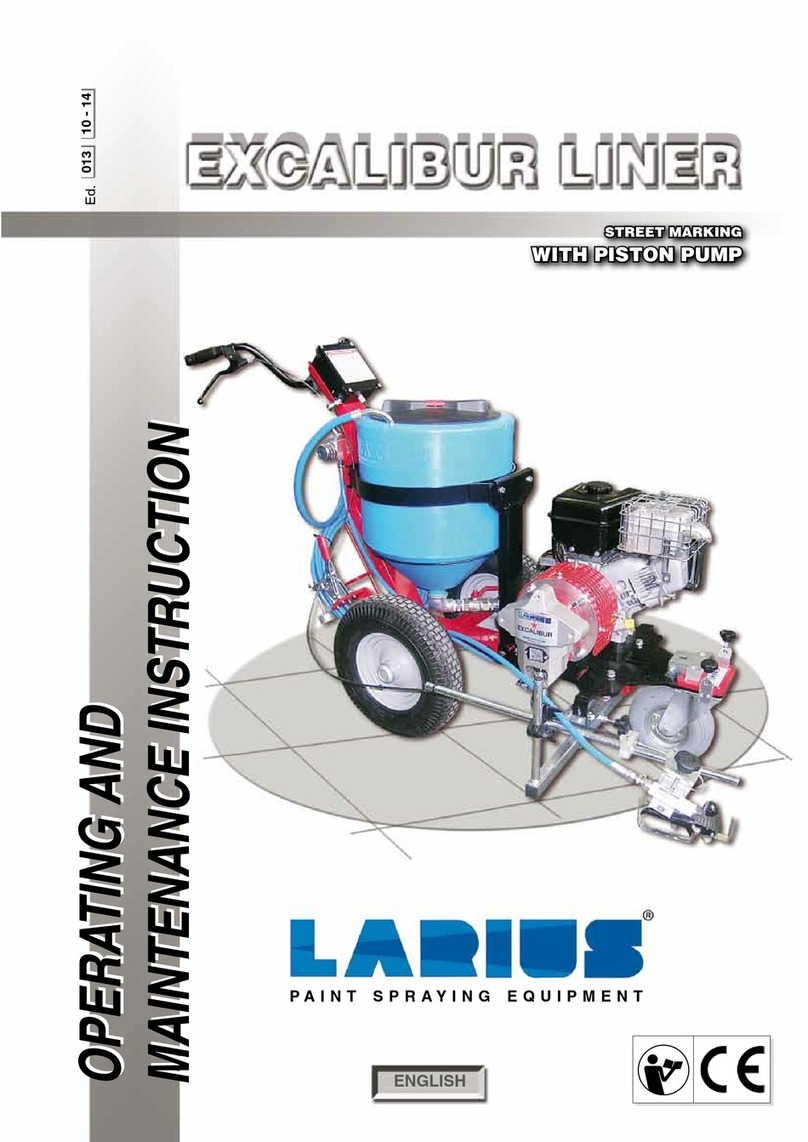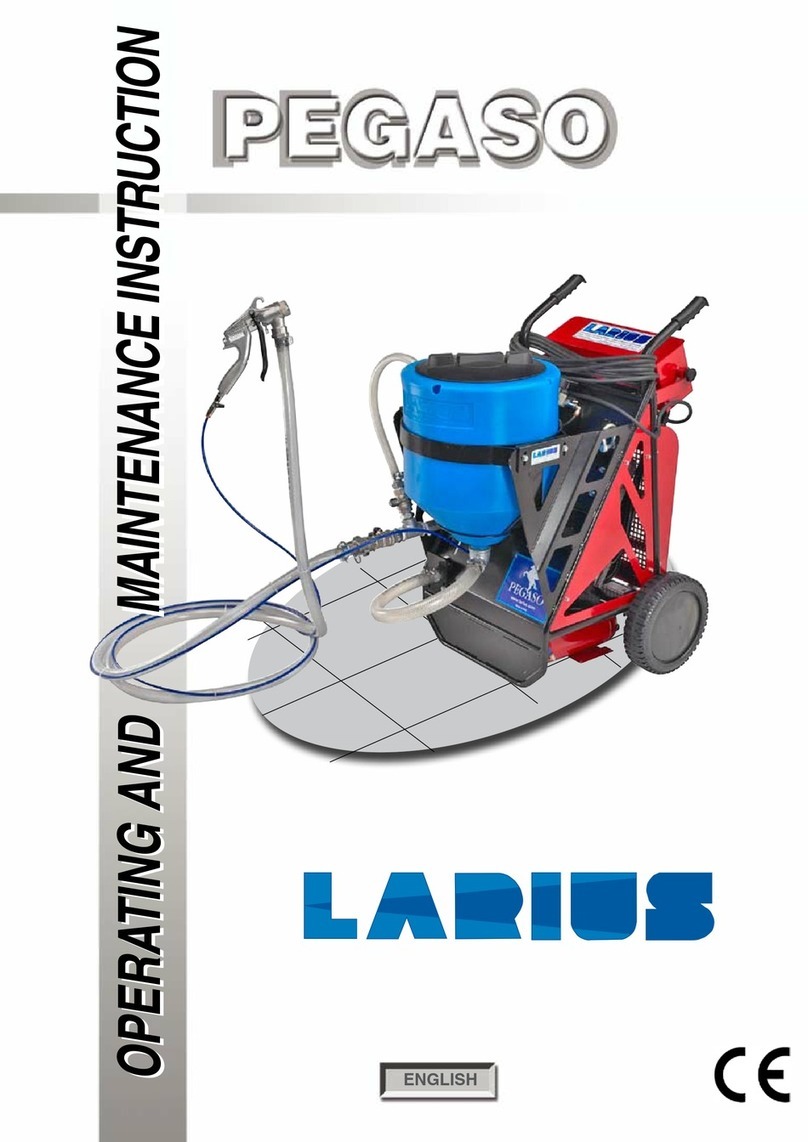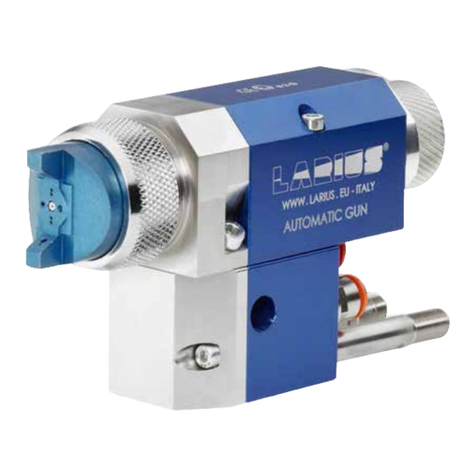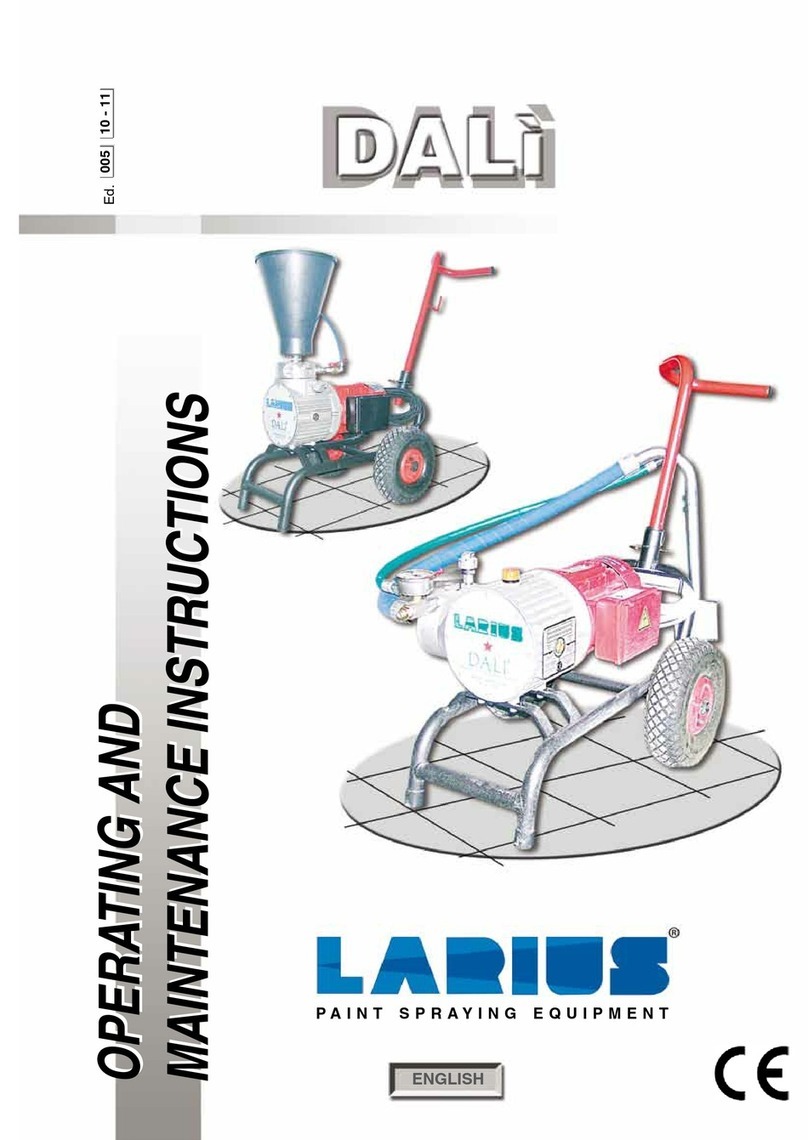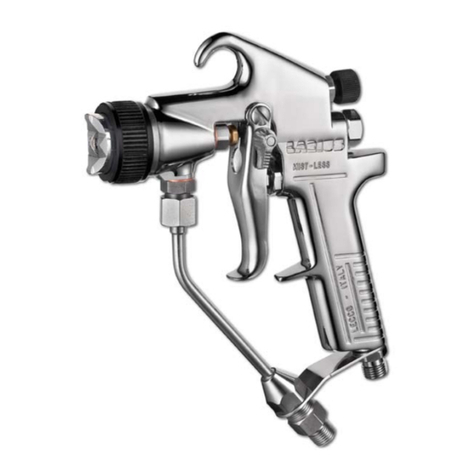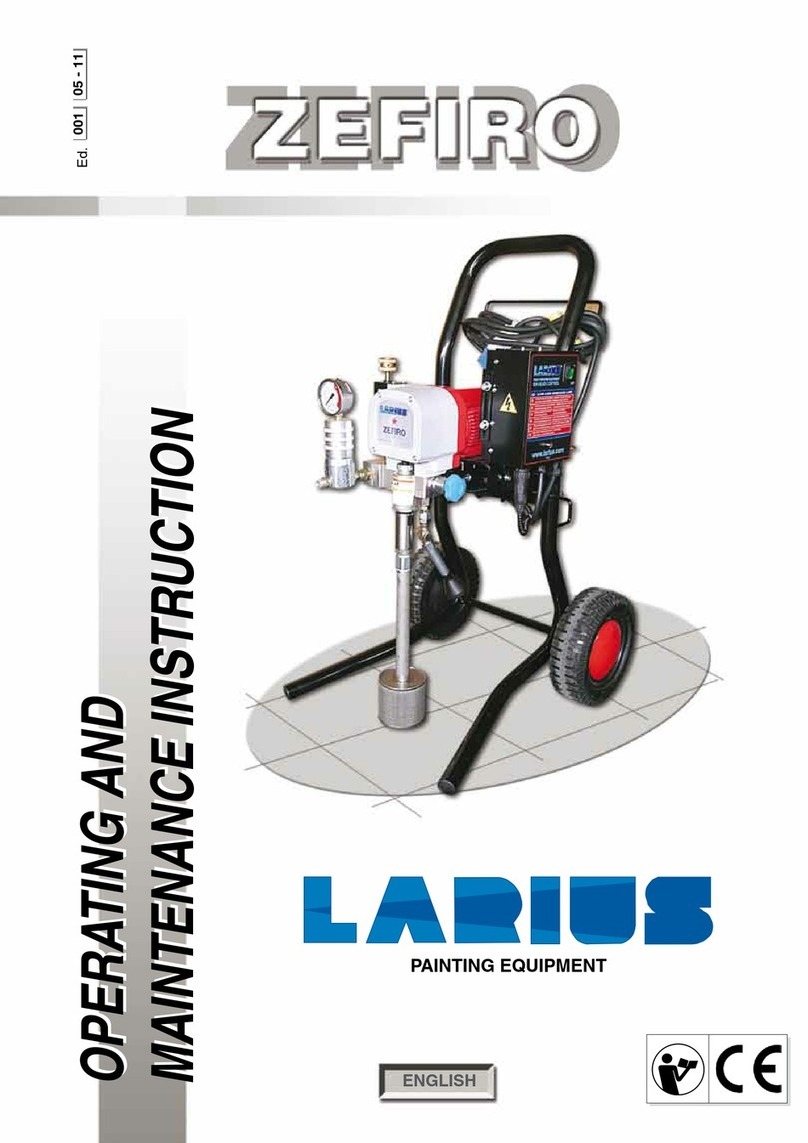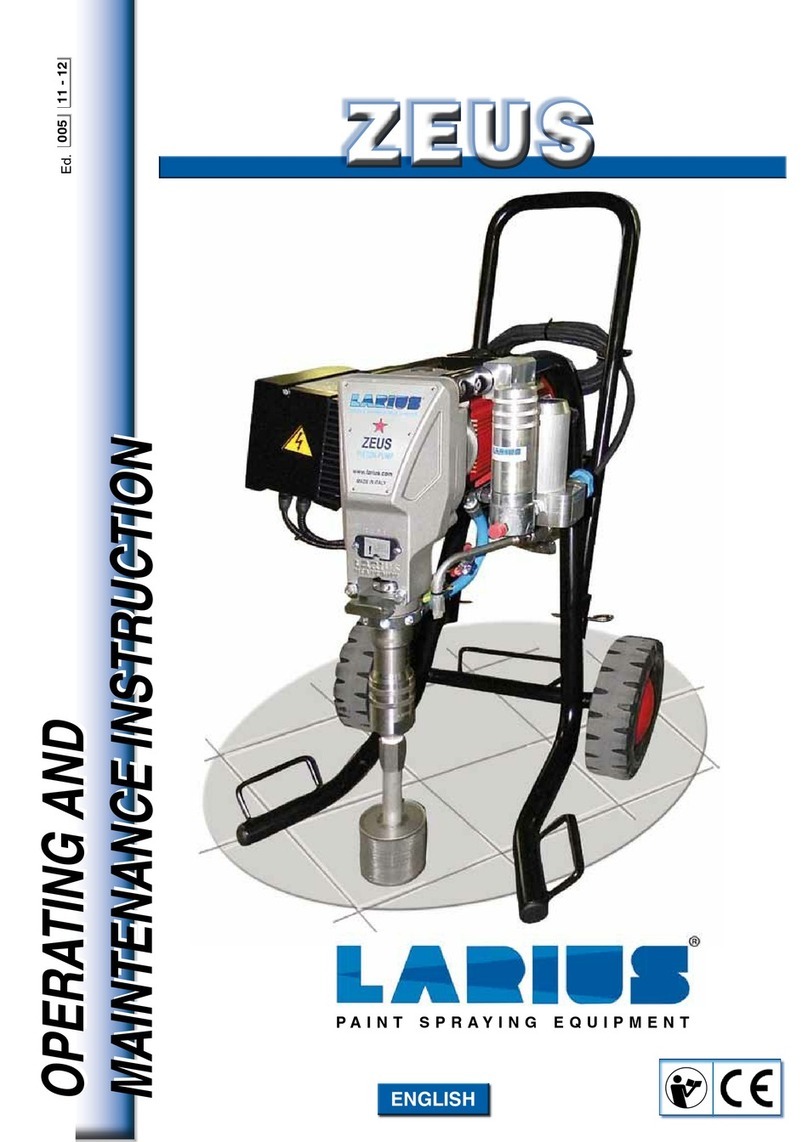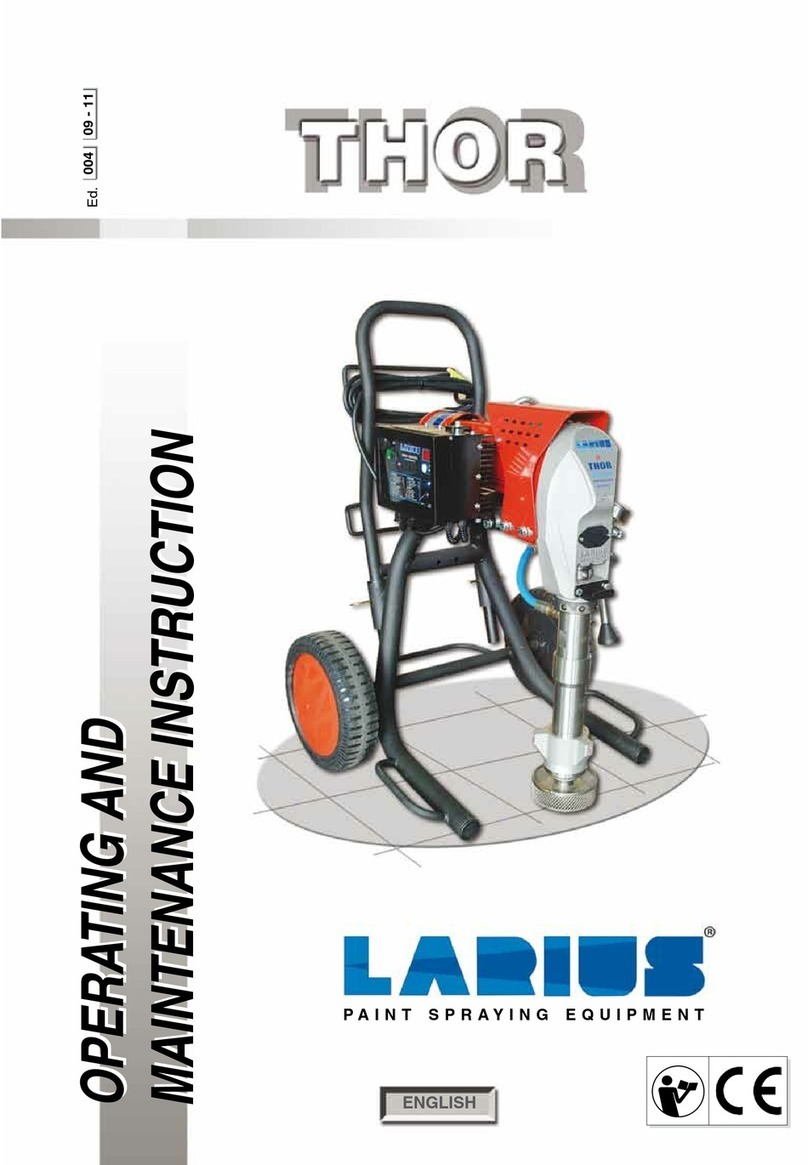
5
English
E
F
TRANSPORT
AND UNPACKING
• The packed parts should be handled as indicated
in the symbols and markings on the outside of the
packing.
• Before installing the equipment, ensure that the area to
be used is large enough for such purposes, is properly
lit and has a clean, smooth floor surface.
• The user is responsible for the operations of unloading
and handling and should use the maximum care so as
not to damage the individual parts or injure anyone.
To perform the unloading operation, use only qualified
and trained personnel (truck and crane operators, etc.)
and also suitable hoisting equipment for the weight of
the installation or its parts.
Follow carefully all the safety rules.
The personnel must be equipped with the necessary
safety clothing.
• The manufacturer will not be responsible for the un-
loading operations and transport to the workplace of
the machine.
• Check the packing is undamaged on receipt of the
equipment. Unpack the machine and verify if there
has been any damage due to transportation.
In case of damage, call immediately LARIUS and the
Shipping Agent. All the notices about possible damage
or anomalies must arrive timely within 8 days at least
from the date of receipt of the plant through Registered
Letter to the Shipping Agent and to LARIUS.
• The disposal of packaging materials is a customer’s
competence and must be performed in accordance with
the regulations in force in the country where the plant is
installed and used.It is nevertheless sound practice to
recycle packaging materials in an environment-friendly
manner as much as possible.
SAFETY RULES
• THE EMPLOYER SHALL TRAIN ITS EMPLOYEES
ABOUT ALL THOSE RISKS STEMMING FROM ACCI-
DENTS, ABOUT THE USE OF SAFETY DEVICES FOR
THEIR OWN SAFETY AND ABOUT THE GENERAL
RULES FOR ACCIDENT PREVENTION IN COMPLIAN-
CE WITH INTERNATIONAL REGULATIONS AND WITH
THE LAWS OF THE COUNTRY WHERE THE PLANT
IS USED.
THE BEHAVIOUR OF THE EMPLOYEES SHALL
STRICTLY COMPLY WITH THE ACCIDENT PREVEN-
TION AND ALSO ENVIRONMENTAL REGULATIONS
IN FORCE IN THE COUNTRY WHERE THE PLANT
IS INSTALLED AND USED.
Read carefully and entirely the following in-
structions before using the product. Please
save these instructions in a safe place
The unauthorised tampering/replacement of
one or more parts composing the machine, the
use of accessories, tools, expendable materials
other than those recommended by the manu-
facturer can be a danger of accident.
The manufacturer will be relieved from tort and criminal
liability.
• KEEP YOUR WORK PLACE CLEAN AND TIDY. DISORDER
WHERE YOU ARE WORKING CREATES A POTENTIAL
RISK OF ACCIDENTS.
• ALWAYS KEEP PROPER BALANCE AVOIDING UNUSUAL
STANCE.
• BEFORE USING THE TOOL, ENSURE THERE ARE NOT
DAMAGED PARTS AND THE MACHINE CAN WORK PRO-
PERLY.
• ALWAYS FOLLOW THE INSTRUCTIONS ABOUT SAFETY
AND THE REGULATIONS IN FORCE.
• KEEP THOSE WHO ARE NOT RESPONSIBLE FOR THE
EQUIPMENT OUT OF THE WORK AREA.
• NEVER EXCEED THE MAXIMUM WORKING PRESSURE
INDICATED.
• NEVER POINT THE SPRAY GUN AT YOURSELVES OR AT
OTHER PEOPLE. THE CONTACT WITH THE CASTING CAN
CAUSE SERIOUS INJURIES.
• IN CASE OF INJURIES CAUSED BY THE GUN CASTING,
SEEK IMMEDIATE MEDICAL ADVICE SPECIFYING THE
TYPE OF THE PRODUCT INJECTED. NEVER UNDER-
VALUE A WOUND CAUSED BY THE INJECTION OF A
FLUID.
• ALWAYS DISCONNECT THE SUPPLY AND RELEASE THE
PRESSURE IN THE CIRCUIT BEFORE PERFORMING ANY
CHECK OR PART REPLACEMENT OF THE EQUIPMENT.
• NEVER MODIFY ANY PART IN THE EQUIPMENT. CHECK
REGULARLY THE COMPONENTS OF THE SYSTEM.
REPLACE THE PARTS DAMAGED OR WORN.
